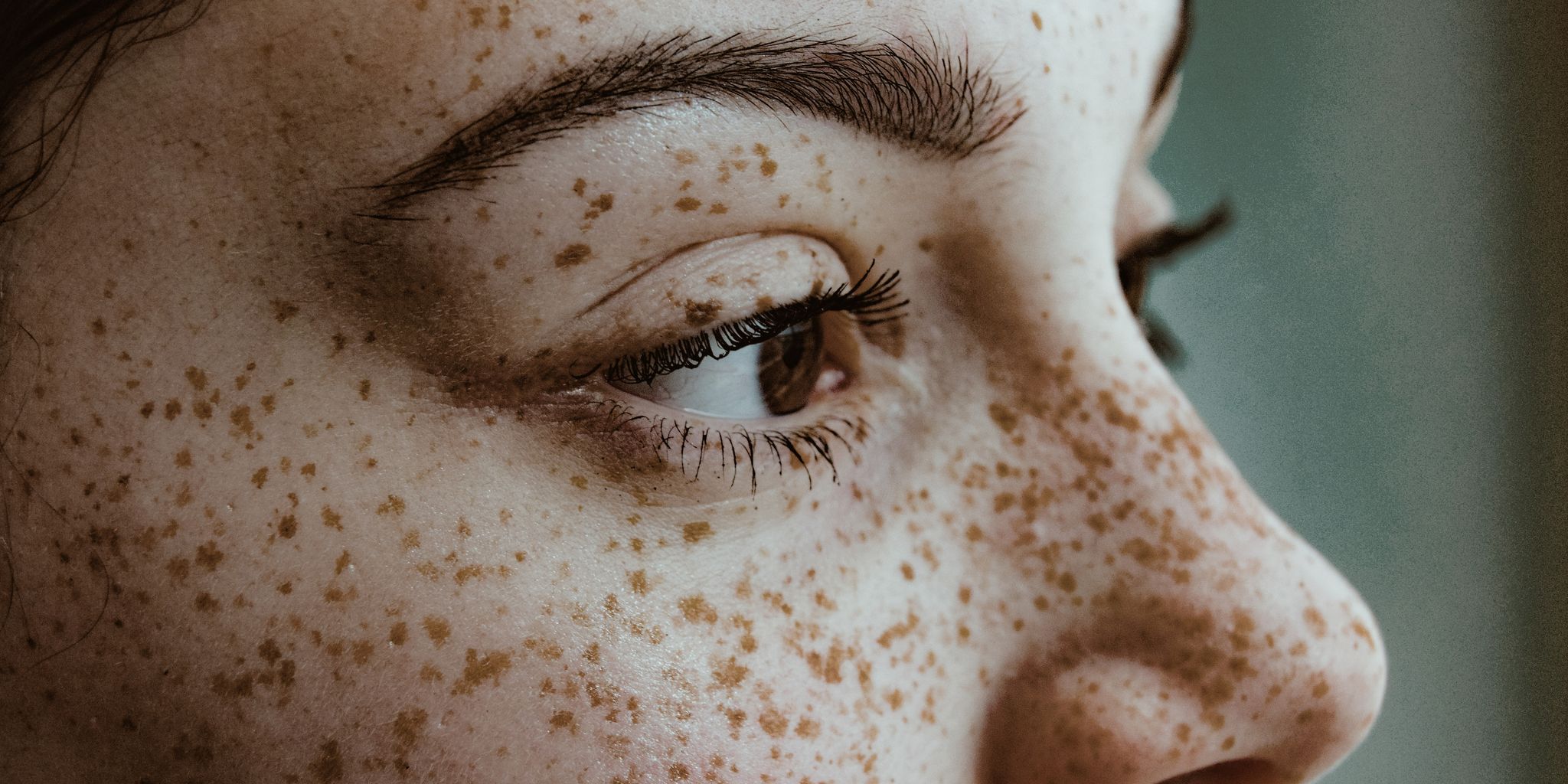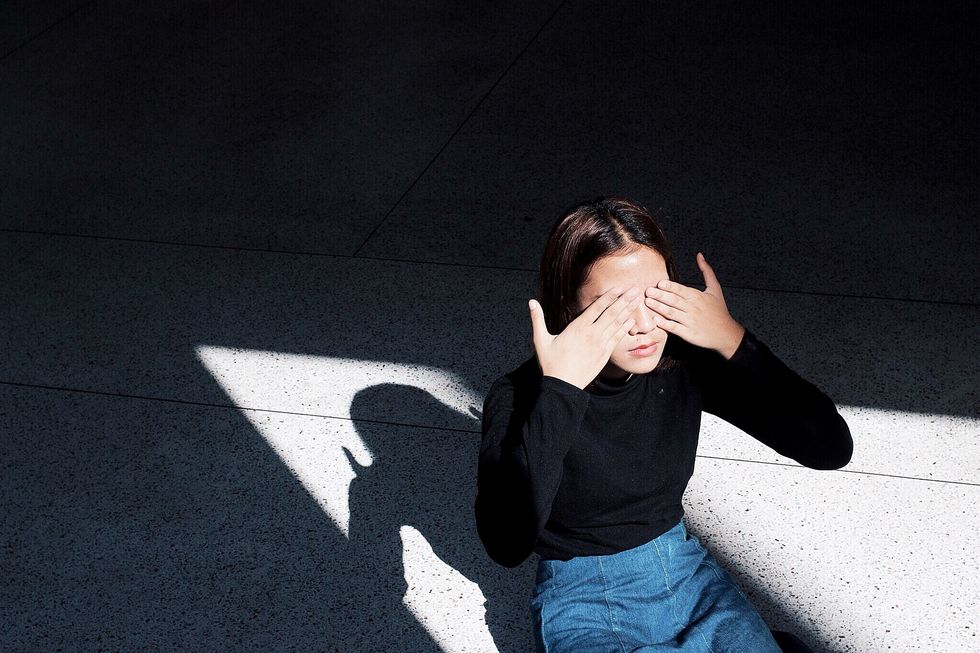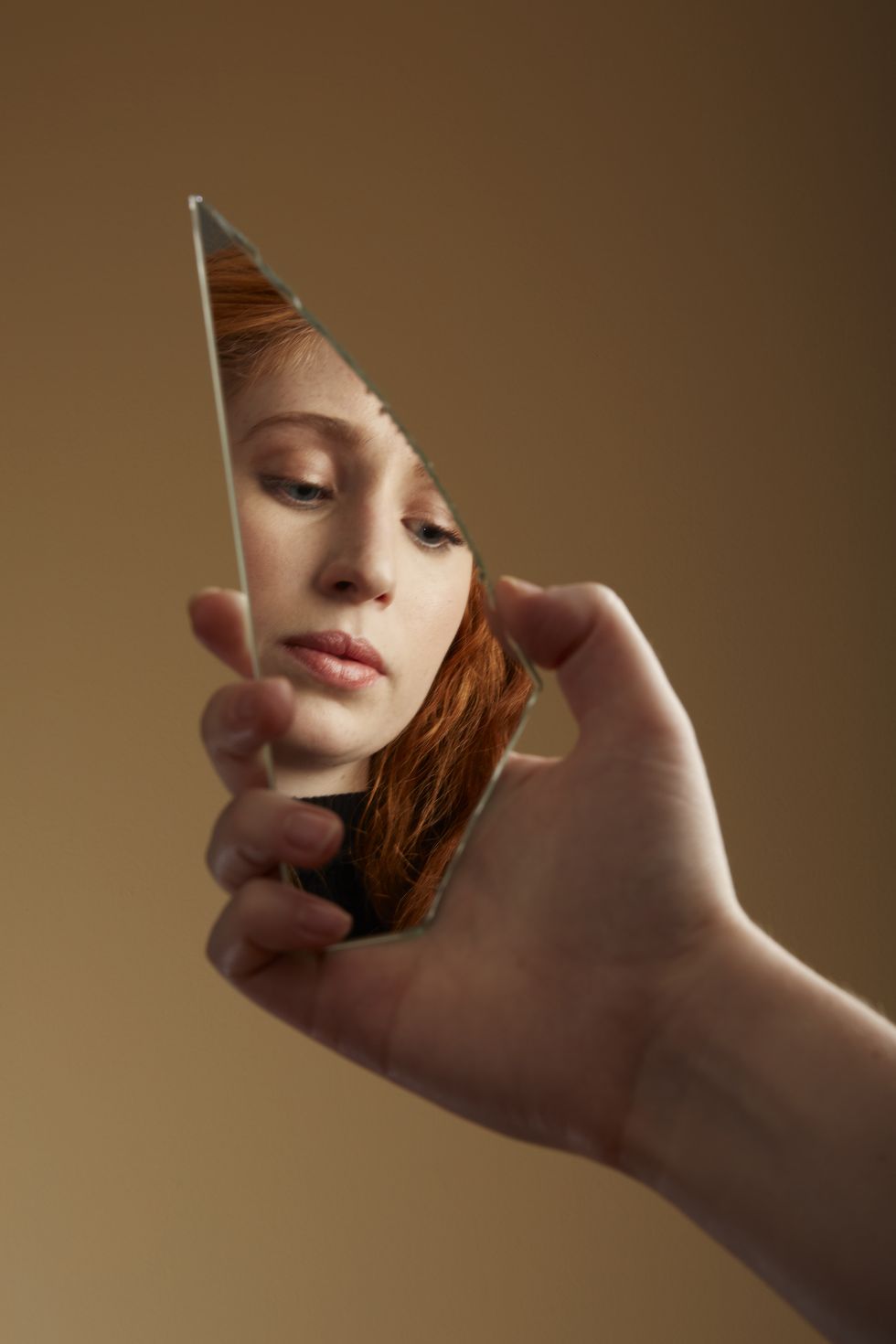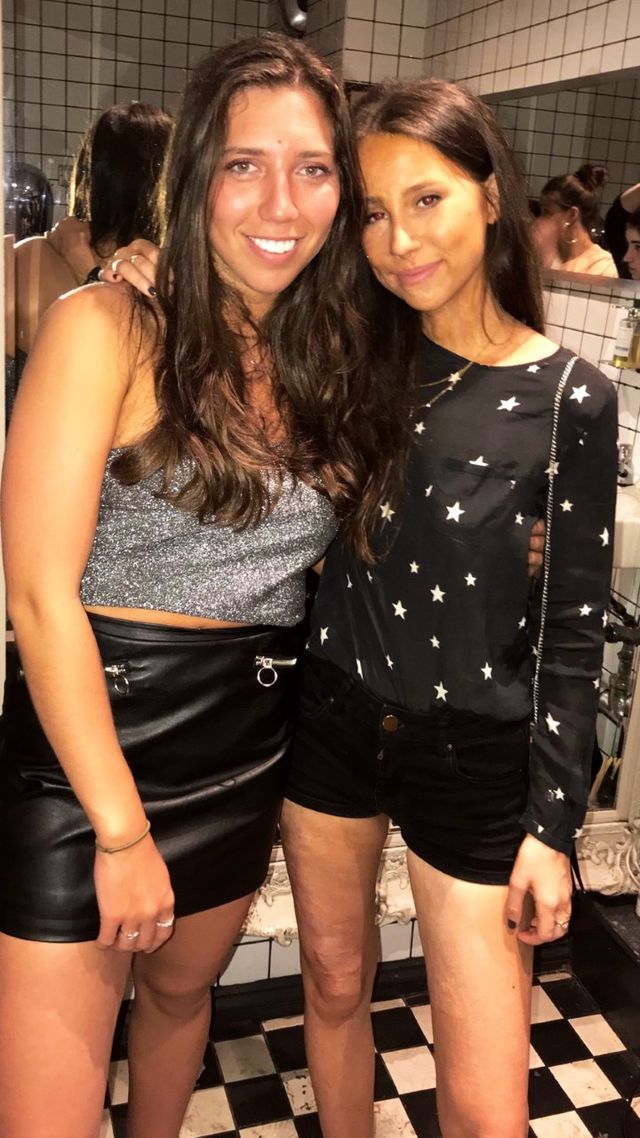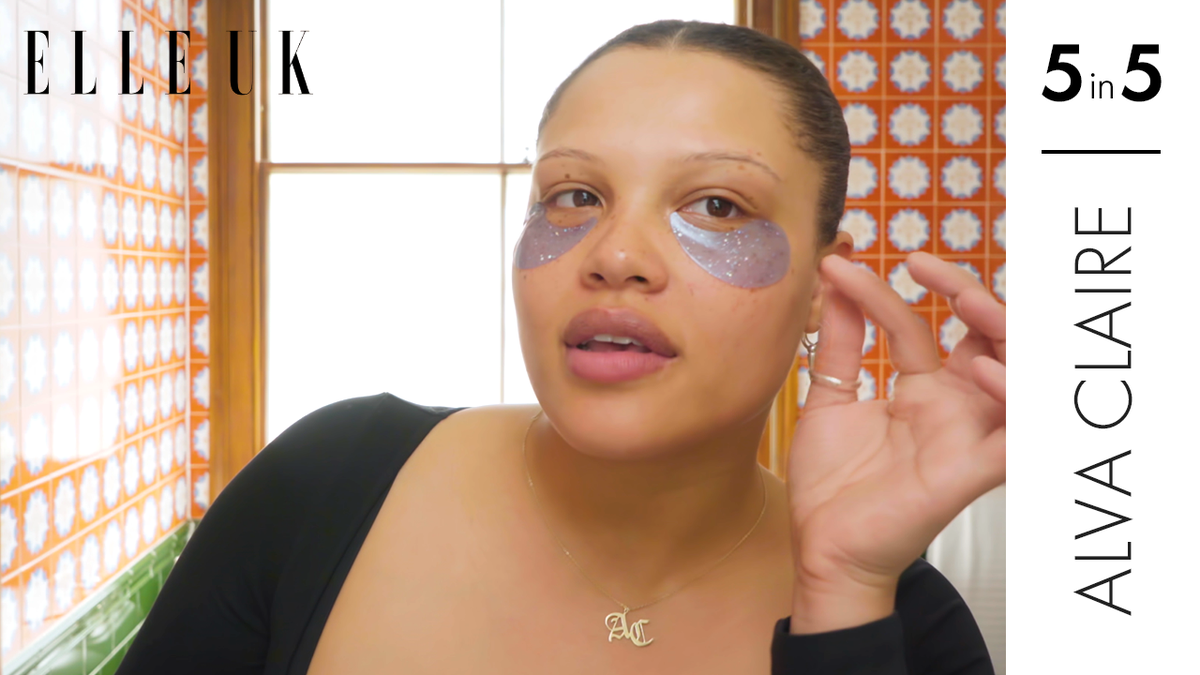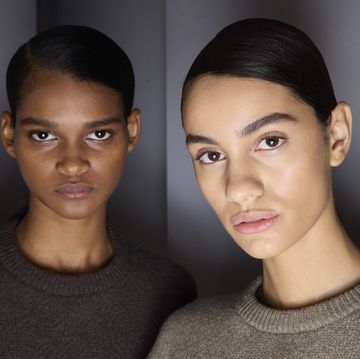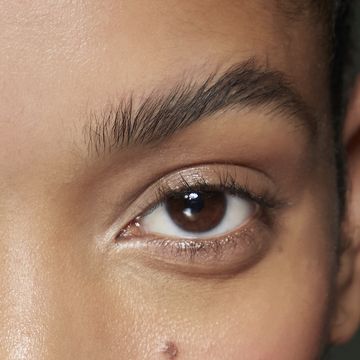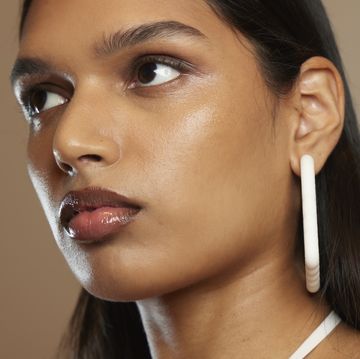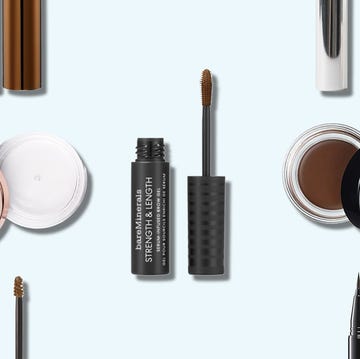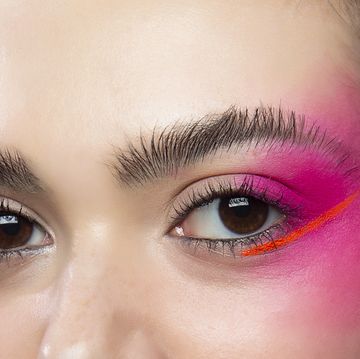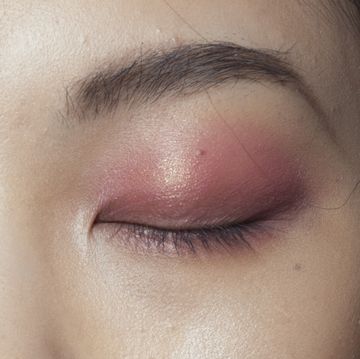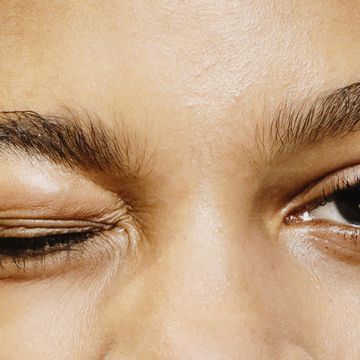Katie Gee had just turned left down a side street off one of Zanzibar’s most famous pearlescent-white beaches when her body was suddenly covered in what she thought was piping hot coffee.
‘It felt like I’d just stepped into a boiling hot shower,’ the 23-year-old tells ELLE UK.
It didn’t take long before the pungent smell and searing pain across the right-hand side of her face and body indicated she was mistaken. ‘It’s weird, but I immediately knew it was acid,’ she explains.
While the above incident might sound shocking, acid attacks aren’t a new form of violence. The use of noxious chemicals was a popular weapon in Victorian Britain and have been worryingly commonplace for decades in places like south east Asia as a weapon of domestic - or so-called ‘honour’ - violence primarily by men against women.
In the UK, acid attacks are becoming horrifyingly frequent - assaults involving corrosive substances more than doubled in England between 2012-2017, according to police figures - and are regularly carried out on victims who know their perpetrators. According to figures released by the Met Police, three-quarters of police investigations into acid attacks are suspended due to victims being unwilling to name their attackers or press charges.
The prevalence of attacks in the UK, while not commonplace are still too regular. But for Katie, this abhorrent behaviour managed to reach her over 4,000 miles away. What's more terrifying is that it was carried out by a complete stranger.
In August 2013, Gee and her friend Kirstie Trup had spent a month teaching English at a nursery school in Stone Town, Zanzibar’s capital.
On the final night of their holiday, the women were walking to dinner when a man driving on the back of a moped lifted a jerry can and doused them in battery acid, head-to-toe.
‘As soon as it happened, I immediately grabbed a piece of dry fabric from my jumper and frantically started wiping my eyes to make sure I could see,’ Gee recalls.
‘The liquid was scorching but felt sharp, icy cold,’ she describes the intense pain.
In a panic, Katie ran towards the outdoor showers of a nearby restaurant and began splashing water across her body to cool her now blistering skin. ‘I couldn’t scrub my body because it was burning so much,’ she says. ‘All I could do was rinse it in the hope the water diluted the acid.’
It wasn’t long before two tourists overheard Katie’s torturous screams and offered help, driving her and Kirstie to a nearby hospital.
Catching a glimpse of her swollen face for the first time in a mirror, despite the shock, Katie was somewhat relieved. 'The doctors in Zanzibar told me I wouldn’t need much surgery because the burns were superficial,' she says. 'It couldn’t have been further from the truth.'
We all know that whether you burn your hand with boiling hot water or while straightening your hair, you immediately cool a burn by running it under lukewarm water for 20 minutes. But the immediate after care following an acid attack is an entirely different story.
Following irrigation with saline and water, ‘doctors will immediately make a calculation of the surface area of wounds as well as assessing their size and depth,’ explains leading cosmetic surgeon and CMO of Dr MediSpa Dr Munir Somji. In addition, they will carry out an assessment of the patient’s airway to see if any facial burns are resulting in breathing difficulties.
Returning to the UK the day after their attack via air ambulance, Katie was immediately transferred to Chelsea and Westminster Hospital in London.
A rigorous medical examination soon revealed she had 30-35 per cent burns across her cheek, neck, right breast, arm, torso, and leg and would later require up to four surgeries a week for two months, including an amputation of her right ear.
‘When you’re in that situation, you’re not thinking about the future - your priority is to listen and do whatever you can to get better,’ she explains. ‘It didn’t cross my mind how much life had changed until months later.’
Hazarding a guess at the number of operations she’s had over the years, Katie estimates it to be over 60. ‘I’ve lost count at this stage,’ she says matter-of-factly.
The thought of undergoing surgery will strike fear for most patients, but was something Katie initially didn’t even give a second thought to. ‘Surgery was just something I had to do.'
However, it didn’t take long for months of burns rehabilitation, surgeries and pain to make her frustration and anxiety hit breaking point.
'I would sometimes go for a surgery and then not have it because the doctor would say “you can’t go under, you’re a mess”.'
As for Katie's treatment, doctors focussed primarily on functional surgeries long before they discussed cosmetic.
‘Functional procedures are to ensure the skin is alive and well,’ says Somji. ‘You initially want to establish a blood supply with grafts and once that’s established – which can take up to a year - then you can start working on the cosmetic side.’
Listing off operations ranging from Z-plasties (zigzag skin incisions to reduce tension) and derma-rolling, to laser treatments, and eyelid and ear reconstruction using rib cartilage, Katie jokes: ‘I’ve had every skin procedure you can have.’
A transparent face mask and full-body pressure suit to control the growth of hypertrophic scars – irregular, and exaggerated skin growth that can cause deformities – was also required for two years after the attack.
Despite understanding overall health was to be prioritised over her appearance (‘I could still walk around without an ear'), Katie admits it’s not so easy keeping perspective.
‘There are days when you tell yourself you don’t care your ear is burnt off because you’ve been through so much. But, when there are so many horrific things going on at the same time, all you want to do is feel like yourself.’
At one point, doctors asked whether they could shave her head to remove skin from the scalp for grafts. Despite several psychologists attempting to convince her of the health benefits, Katie adamantly refused.
‘I’ve always had naturally good hair - I love it,’ she explains of her frustration at the time. ‘It was the last thing that hadn’t been touched or ruined. At least if I had hair, I could put it over my face and feel more human.’
When corrosive acid makes impact with the skin, the chemical burns the hypodermis - the deepest layer of the skin including the bottom layer of subcutaneous tissue, nerve, and blood vessels – often resulting it permanent damage to hair follicles.
Describing the texture of her right eyebrow following the attack as ‘rock hard paint on hair’, when it came to choosing her first cosmetic procedure, an eyebrow transplant claimed the top spot.
‘It was something I always wanted to do after the attack,’ Katie explains. ‘Until that point, I was using make-up to make my eyebrow look thicker and match the left brow which was still intact.
‘Eyebrows completely shape your face. Without them, you look as if you’ve been photoshopped.’
After speaking with several doctors and patients, Katie chose to undergo a Follicular Unit Extraction eyebrow transplants (FUE).
The surgical process involves a section of hair from the patient, most commonly from the back of the scalp, being grafted to the eyebrow one by one, augmenting the existing brows or replacing them completely. The procedure typically involves 400 grafts transplanted into each brow - around 600-800 in total – and can last up to four hours.
‘The technique is generally a very effective and safe transplant procedure,’ explains Dr S Khan, hair restoration consultant for Kerluxe.
Unfortunately for Katie, her first attempt at a transplant failed. ‘My scarring made it harder for the follicles to grow through the skin,’ she explains.
While there are various different factors to why a transplant might not work (the way the follicles are extracted, the complexity of the procedure etc.) the most common cause for burns victims is when the follicles aren’t planted deep enough into the scar tissue to reach an adequate blood supply.
Khan continues: ‘Scarred tissue can impede follicle growth as blood vessels and the surrounding cellular matrix may be too damaged to provide structural support to the implanted follicles or deliver sufficient nutrients for growth.’
Rather than feel dejected, however, Katie decided to try the procedure again and within a month, she found new hairs sprouting.‘You wouldn’t be able to tell it was a transplant unless I told you,’ she says.
The only downside, she explains, is her right brow is now ‘pretty high maintenance’. As eyebrow transplants commonly use hair from the scalp, hairs grow at the natural rate of hair and require regular cutting and shaping.
‘It requires trimming every few days but I’m so glad I did it - it’s genius.’
Months after the attack, the Tanzanian authorities arrested and released several men in connection with the incident (at the time local clerics blamed extreme Islamist group Uamsho). Five years later, however, the culprit is yet to be found and charged.
‘In the first year and a half, I would have dreams about being burn-free because it was so fresh,’ Katie admits looking back on her road to recovery.
‘Now, I’m at a point that I know that’s never going to happen so I no longer have those dreams. You train yourself to think differently - time has helped a lot.’
While she doubts the police will ever bring justice to her attacker, Katie is determined not to let the incident define her.
A year after her trip to Zanzibar, the Londoner made the brave decision to go to university and acquired a 2:1 bachelors degree in sociology. She’s also launched a YouTube account opening up about life post attack and regularly speaks on television and radio about the need for improved representation of diversity in the media.
‘Very few people fit into the widely accepted view of beauty,’ she says. ‘What you see on social media is a select interpretation of what’s deemed beautiful. True beauty is about how you feel, your confidence and not trying to be something you’re not.’
